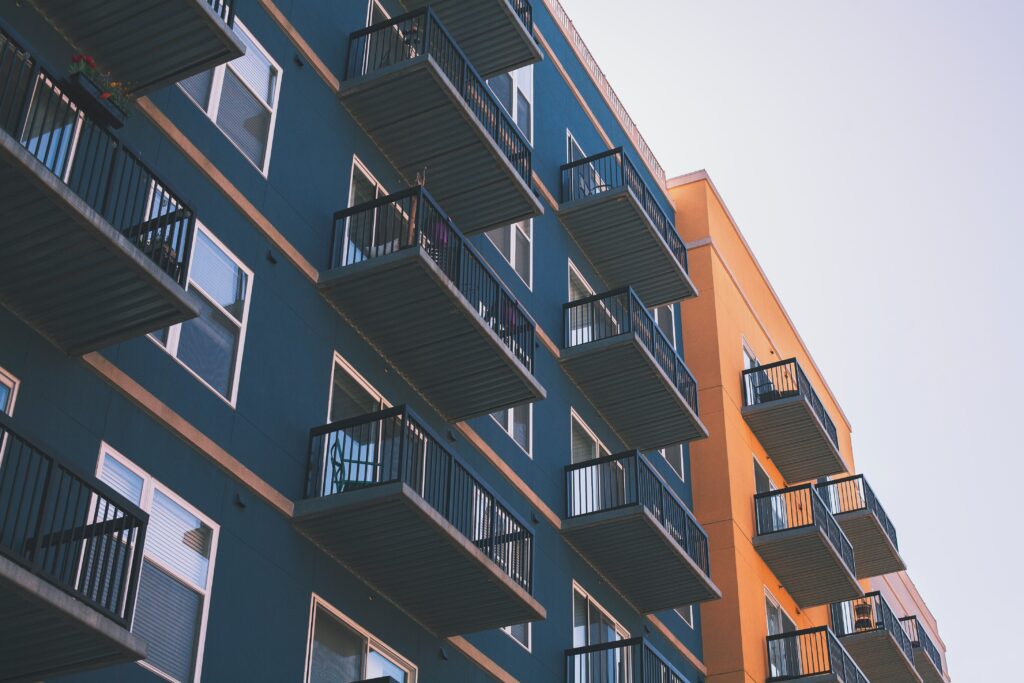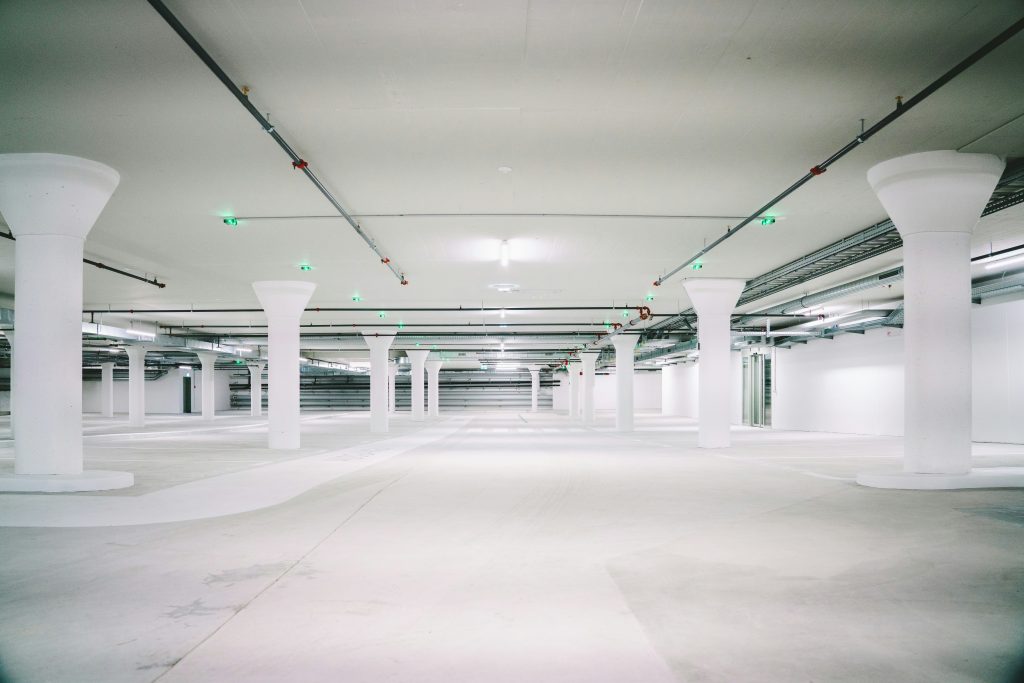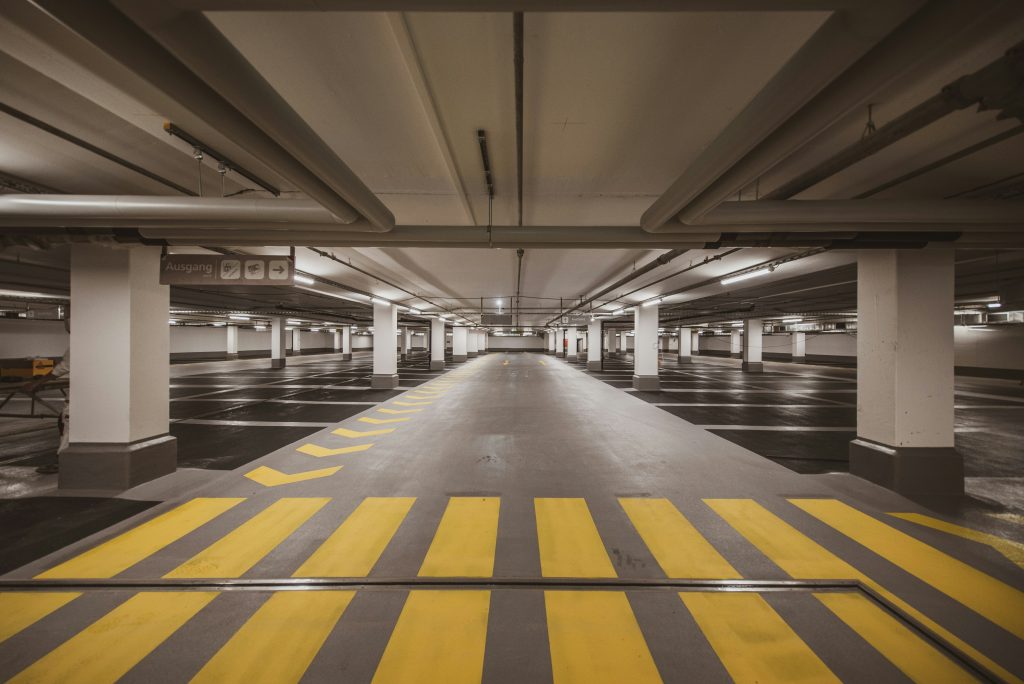With Doug Ford securing another majority government, it’s time to take a long hard look at some of the more controversial items presented by the Housing Affordability Task Force. As we sit on the brink of seeing legislation passed for the “More Homes for Everyone Act”, it pays to understand the whys behind some of the more controversial recommendations in the report.
Challenging Current Zoning Laws
As a real estate agent, I can see where homeowners would be up in arms over potential changes to current zoning laws. The idea of changes to these restrictions would mean preservation of a neighbourhood’s characteristics would no longer be a priority. This is bad for homeowners who have clearly chosen to live in the neighbourhood because of the character. However, if this change isn’t made, we lose the opportunity to build more affordable housing in urban areas.
Why it is recommended
Right now, 70% of the land in Toronto is restricted to single-detached and semi-detached houses. As a result, much of the available land in the city that could be used to help improve housing inventory both for purchase and for rent is off limits.
The reality
As long as single unit zoning dominates, we will continue to suffer from housing shortages in the GTA. This is prime land close to schools, employment, transit, and amenities. Changes to these zoning laws could provide more housing in areas with the infrastructure and services already in place to manage increasing populations.
Focus on City Development
Right now, new home developments depend heavily on acquiring our farmland due to zoning restrictions and tons of red tape in denser urban areas. This threatens food security.
Why it is recommended
The further out developers go, the more they infringe on land we need for agriculture. These areas require major infrastructure development as well, which means creating more roads, water and wastewater systems. This impacts property taxes. Transit is also lacking along with public services. These are the types of amenities and basics currently available in the GTA, where new housing comes with a ready-made infrastructure.
The reality
The city has the capacity to take on a growing population, while the rural areas being torn up for housing don’t. As well, developers continue to eye prime agricultural land, not to mention our wetlands and greenbelt — land we need to protect.
Reducing Conflicting Rules
When Ontario allowed homeowners to introduce secondary suites in their homes, they opened opportunity for not just increased income for the homeowners, but also safe basement apartments for affordable rentals. Unfortunately, the red tape homeowners face across most municipalities still makes it difficult to implement such changes. As a result, the GTA has seen a decline in secondary unit conversions.
Why it is recommended
If zoning restrictions are lifted in higher density areas, they are still stagnated by local protests to development proposals. From homeowners claiming shadows will be cast on local parks to neighbours fighting to preserve the original character of their neighbourhoods, even something as simple as adding a secondary suite can be blocked at every turn. These roadblocks reflect a “Not in My Backyard” (NIMBY) mentality that prevents housing development, renovations, and conversions on existing high demand properties.
The reality
Although in theory such zoning restrictions make sense to locals, they protect the needs of a few, while inadvertently impacting visible minorities, and young or lower income households. The idea of reducing restrictions and streamlining the approval process for all types of housing developments could allow more homeowners to invest in secondary units while allowing developers to offer more affordable housing options.
So, should we call foul on the recommendations made by the Housing Affordability Task Force? It really depends on what side you are on: NIMBY or YIMBY (yes in my backyard). We all have to keep in mind, the province needs to build 1.5 million homes in 10 years to fill the housing gap and provide more affordable housing options. The question remains, where will they do it?
If you’re trying to navigate the treacherous landscape of Toronto real estate and property ownership, I am here to help. Let’s chat. If you want to know about what is going on in Toronto’s market today click here to read more.
Photo by Brandon Griggs on Unsplash






